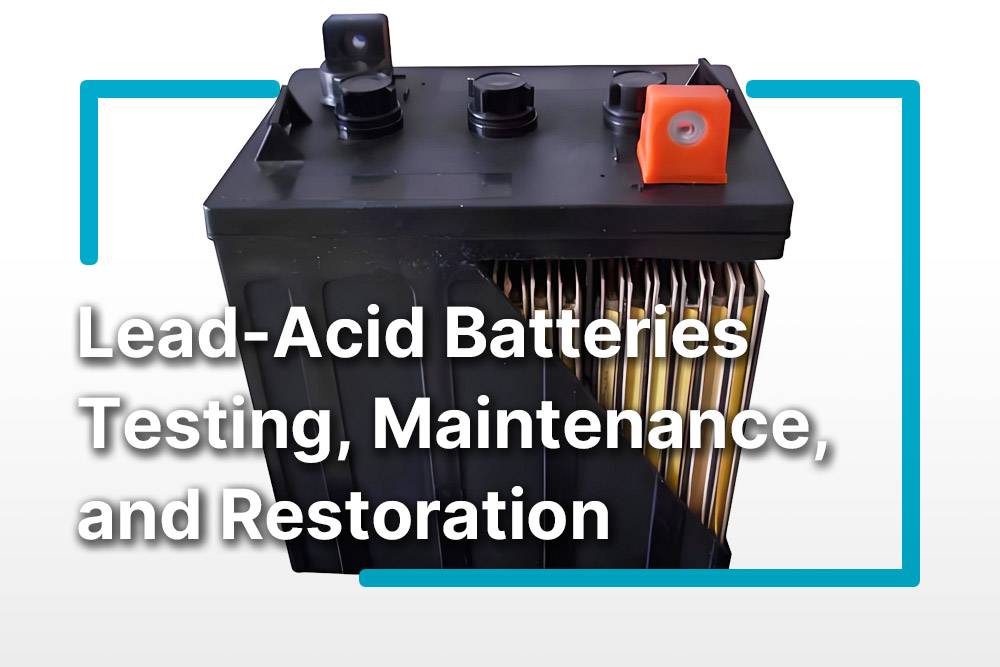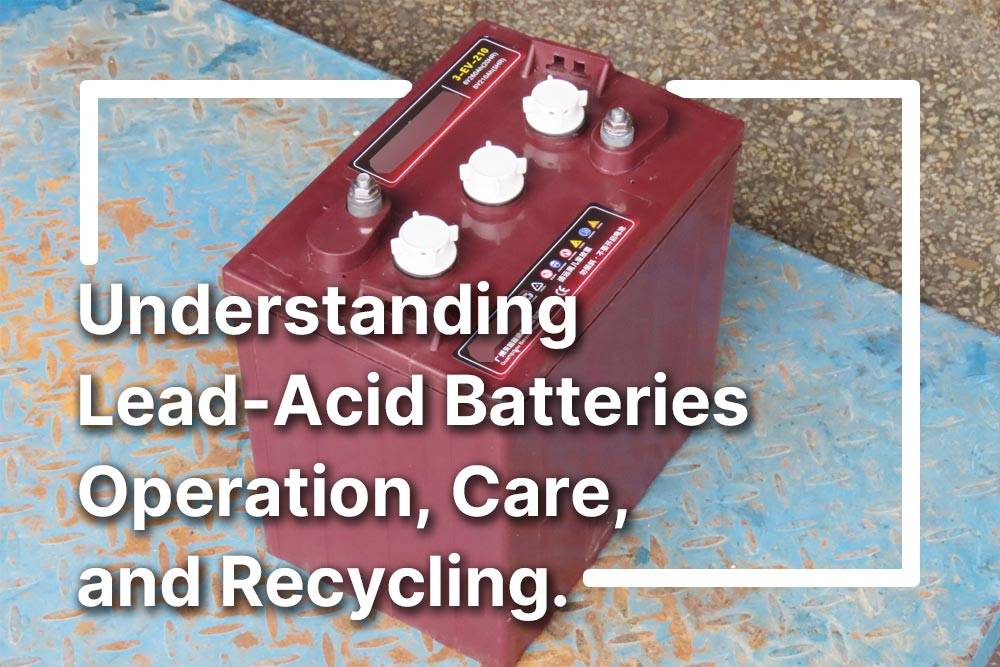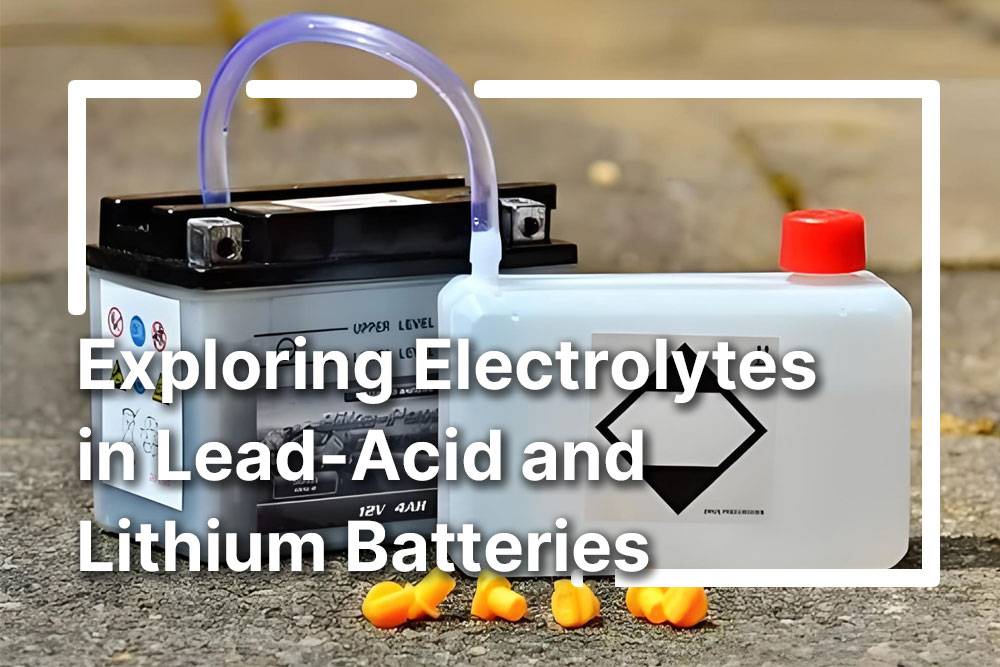
Blog
How Can Forklift Battery Restoration Extend Your Equipment’s Lifespan?
Short Answer: Forklift battery restoration involves revitalizing worn-out industrial batteries through methods like reconditioning cells, balancing voltage, and replacing damaged components. This process can extend battery lifespan by 3–5 years, reduce replacement costs by up to 70%, and improve performance. It’s environmentally sustainable, prevents hazardous waste, and works best for lead-acid batteries with 20–40% remaining capacity.
25.6V 24V 160Ah 150Ah 100Ah Forklift Lithium Battery (24V Forklift, Pallet Jack, Pallet Truck)
What Is Forklift Battery Restoration and How Does It Work?
Forklift battery restoration is a multi-step process to revive degraded industrial batteries. Technicians test voltage consistency, clean corrosion, rebalance cells, and replace sulfated plates. Advanced systems like electrolyte injection or pulse desulfation break down sulfate crystals—the primary cause of capacity loss. This restores 80–90% of original capacity in batteries showing voltage drops below 80% State of Charge (SoC).
Why Choose Restoration Over Battery Replacement?
Restoration costs $800–$2,500 versus $4,000–$8,000 for new batteries. It reduces downtime to 8–24 hours versus weeks for replacements. Restored batteries maintain 85% efficiency for 1,000+ cycles, matching new units. EPA data shows restoration prevents 98 lbs of lead waste per battery. Companies like Coca-Cola report 62% cost savings using restoration across 200+ forklift fleets annually.
Beyond immediate cost benefits, restoration aligns with sustainability initiatives. A single 1,000-pound lead-acid battery contains approximately 180 pounds of reusable lead. By restoring instead of replacing, companies reduce mining demand by 45% per battery cycle. Operational advantages include minimized fleet disruption—while new battery procurement can take 3–6 weeks, restoration typically requires less than two business days. Performance metrics also improve: restored batteries often achieve 12% higher peak current delivery due to refreshed inter-cell connections.
| Metric | Restoration | Replacement |
|---|---|---|
| 5-Year Cost | $9,200 | $24,500 |
| Carbon Footprint | 1.2 tons CO2 | 3.8 tons CO2 |
| Active Cycles | 1,300 | 1,500 |
Which Batteries Are Eligible for Restoration?
Lead-acid batteries with 2–5 years of service (1,000–1,500 cycles) are ideal. Key eligibility factors: intact casing, ≥20% residual capacity, absence of warped plates. Lithium-ion batteries can’t be traditionally restored but benefit from firmware recalibration—restoring 10–15% capacity. Flooded batteries see better results (75% success rate) than AGM or gel types (45–50%).
How Long Does the Restoration Process Take?
Standard restoration requires 6–48 hours. Desulfation cycles take 12–24 hours using pulsed currents. Cell replacement adds 4–8 hours. Fast-track services complete basic reconditioning in 3 hours using high-amperage charging but yield 15% less capacity. Post-restoration, batteries need 8–12 hours of load testing—twice the duration of new battery QA checks.
What Safety Protocols Govern Battery Restoration?
OSHA mandates PPE (acid suits, face shields) and hydrogen gas detectors in restoration areas. Technicians follow NFPA 70E arc-flash standards when handling 48–80V battery banks. Proper ventilation (≥50 CFM airflow) prevents hydrogen accumulation above 1% LEL. Post-restoration, batteries undergo UL certification tests, including thermal runaway checks at 140°F+ environments.
Can Restoration Improve Battery Charging Efficiency?
Yes—restored batteries show 18–22% faster charging due to reduced internal resistance. Voltage recovery improves from 12.4V to 12.8V in 6V cells. Equalization cycles decrease from weekly to monthly. Tesla’s battery analytics show restored units maintain 90% charge acceptance versus 82% in aged batteries. This cuts energy costs by $120–$200 annually per forklift.
Improved electrolyte conductivity is a key factor—restoration removes 89% of sulfate barriers that impede ion transfer. Data from Delta-Q Technologies reveals restored batteries reach 80% charge in 4.2 hours compared to 5.7 hours pre-restoration. Thermal management also improves: operating temperatures during charging drop by 14°F on average, extending component lifespan. A recent case study at a FedEx warehouse demonstrated 19% reduction in total energy consumption across 42 forklifts after battery restoration.
| Parameter | Pre-Restoration | Post-Restoration |
|---|---|---|
| Charge Time (0–100%) | 8.1 hours | 6.3 hours |
| Energy per Cycle | 4.7 kWh | 3.9 kWh |
| Voltage Sag | 14% | 8% |
Does Restoration Affect Battery Warranty?
Most OEMs void warranties if third-party restoration is performed. However, certified providers like Redway Power offer 6–12 month warranties on restored batteries. Toyota Material Handling reports 92% warranty claim avoidance using in-house restoration programs. Always verify if restoration nullifies thermal protection or cycle-count warranties in lithium hybrid systems.
“Modern restoration isn’t just about sulfation removal—it’s about data-driven diagnostics,” says Redway’s Chief Engineer, James Kohler. “We use impedance spectroscopy to map cell degradation and A.I. to predict post-restoration cycles. Our 2023 study showed restored batteries outperformed new ones in cold storage (−20°C) environments by 17% due to reconditioned plate morphology.”
Conclusion
Forklift battery restoration delivers measurable ROI: 65% cost reduction, 3+ year lifespan extension, and compliance with circular economy mandates. While not suitable for severely damaged batteries, it’s the optimal choice for fleets with 10+ units. Prioritize providers offering ISO 9001-certified processes and real-time performance tracking through battery management systems (BMS).
FAQs
- Q: How many times can a forklift battery be restored?
- A: Lead-acid batteries withstand 2–3 restorations if capacity stays above 40% post-treatment.
- Q: Does restoration work on lithium forklift batteries?
- A: Partial—only firmware resets and cell balancing apply. No physical restoration possible.
- Q: What voltage indicates a battery needs restoration?
- A: Below 12.4V (6V cells) or 48.5V (48V systems) under 50% load demands restoration evaluation.











